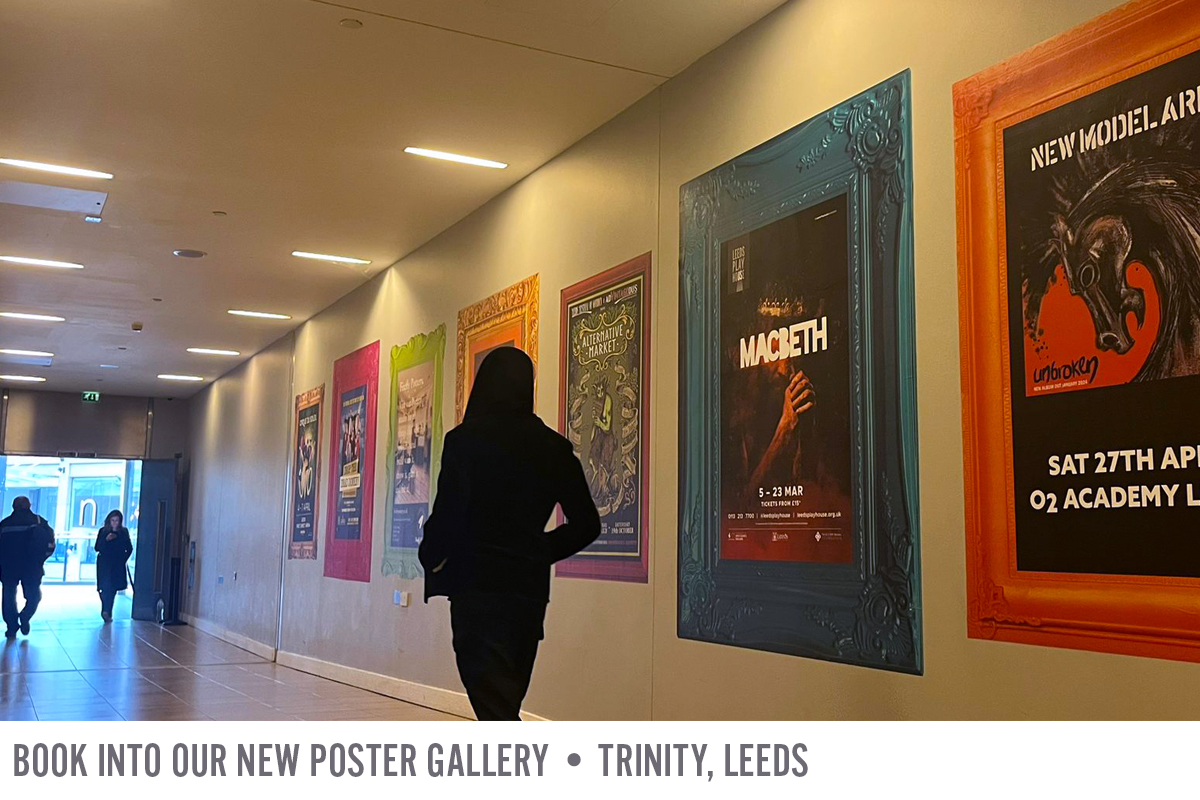
Augmented reality (AR) is an interactive experience of a real-world environment where the objects that reside in the real world are enhanced by computer-generated perceptual information, sometimes across multiple sensory modalities, including visual, auditory, haptic, somatosensory and olfactory. Today we will be talking about the visual side of things and how these can be used in Out of Home advertising to create a more interactive experience for the consumer.
Augmented reality provides a blending of digital interactive elements with real-life to produce a simultaneous virtual – real- world experience. According to data by Statista, by 2020, the global Augmented and Virtual Reality market will top $ 160 billion. Augmented Reality differs from Virtual Reality as it has no barriers to entry, whereas VR requires a headset, AR can be accessed solely through your mobile phone. You will probably be familiar with apps such as Pokemon Go – where users see prizes and Pokemon they can collect in real-life locations across the world. Leading even the most introverted gaming geeks to venture outside seeking the virtual creatures and treasures.
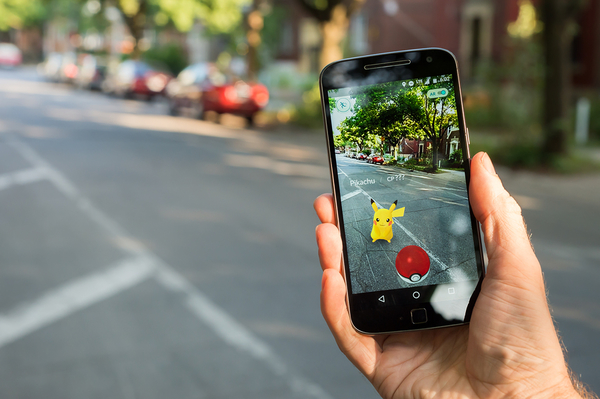
Photo Source: factory360.com.
Another, the IKEA Place app, allows you to pick furniture and virtually ‘place’ it into your home. This has revolutionised shopping, allowing you to visualise how your new space will work before committing to purchasing the Swedish furniture.
Perhaps the most familiar use will be with Snapchat and Instagram filters which allow users to project different characters and scenes onto their own faces or environments. This has further developed into virtual games where facial gestures and movements control actions in the game.
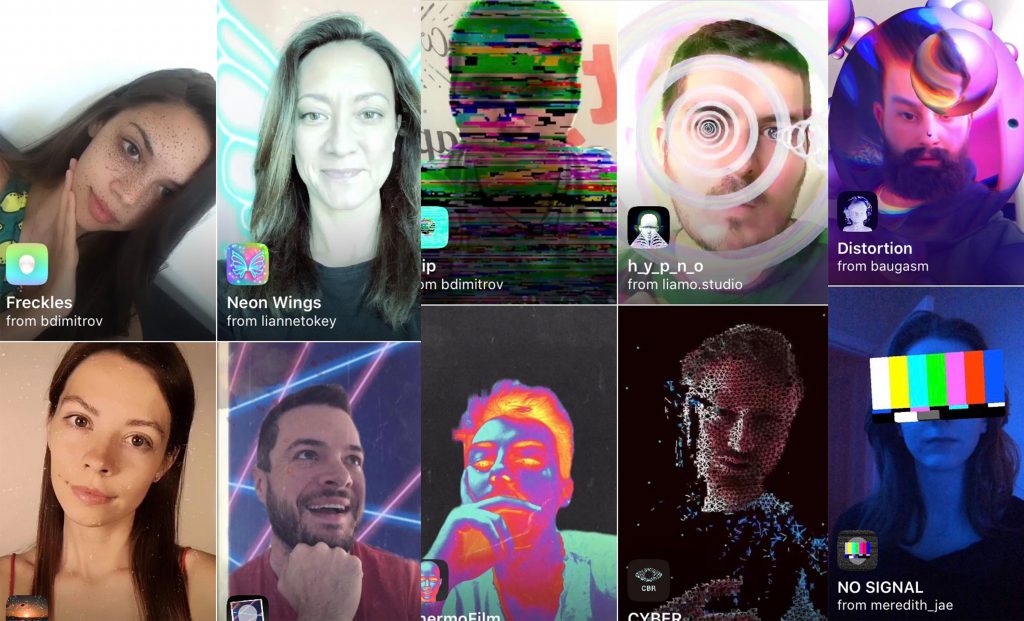
AR has seen exciting developments in the health sector too, with apps such as Tissue Analytics allowing healthcare professionals to scan patients wounds and determine the nature of them, enabling faster, more efficient care. AR is full of possibilities. It could allow people to learn about their environment as they walk around, let people leave ‘virtual notes’ in places and even create ‘virtual art.’
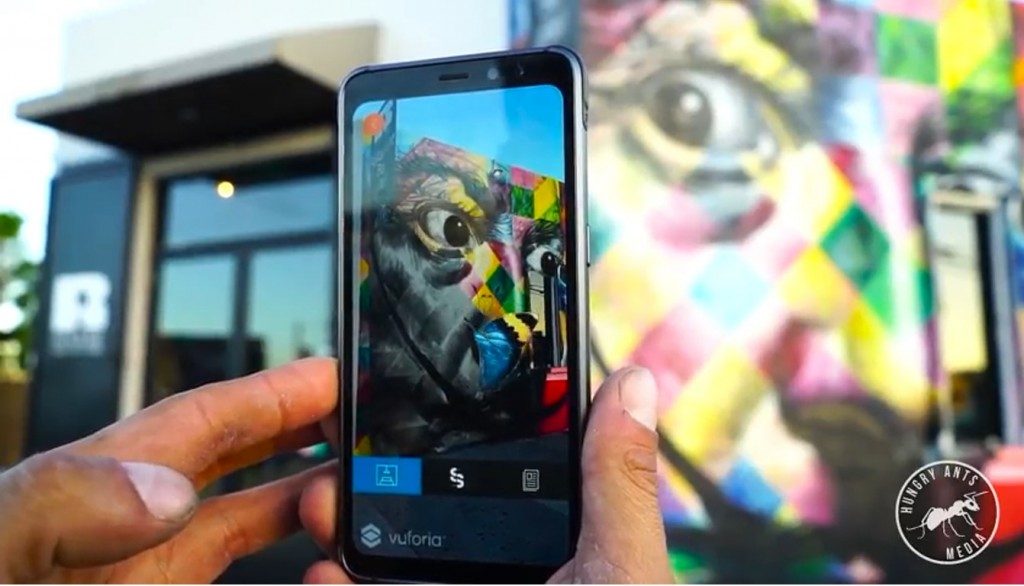
So what does all this mean for advertising? We are already seeing the possibilities of technology for creating a streamlined, omni-channel marketing experience, where technology and OOH interact to reinforce advertisements across all platforms. However, AR could take this one step further, by allowing users to interact with OOH advertisements. The immersive nature of these ads makes them very attractive, and though this kind of technology has been around since 1968, it is only just starting to gain popular use and traction.
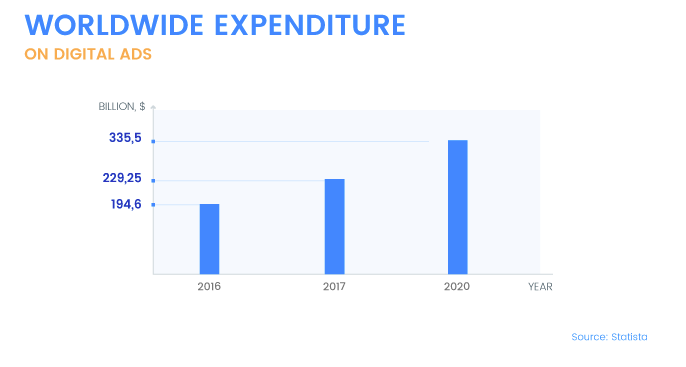
Augmented reality applications can be QR code- or GPS-based. Most people are familiar with the QR code, which, when scanned using your mobiles camera, redirects you to a website or app. GPS simply used your location to allow interaction. Harnessing computer software and interpreting data in real time, AI uses it to create responsive content. Statista forecasts that 200 million people (worldwide) will be using mobile AR in 2018 (versus 60 million in 2013).
Renaults AR campaign which features in London’s Westfield shopping centre was the first to use vehicle recognition technology to display messages tailored to drivers. The campaign drew on an anonymised databank of car models so as not to cross the fine line into privacy violation. The ‘personalised’ messages were sure to catch the eye of passing drivers.
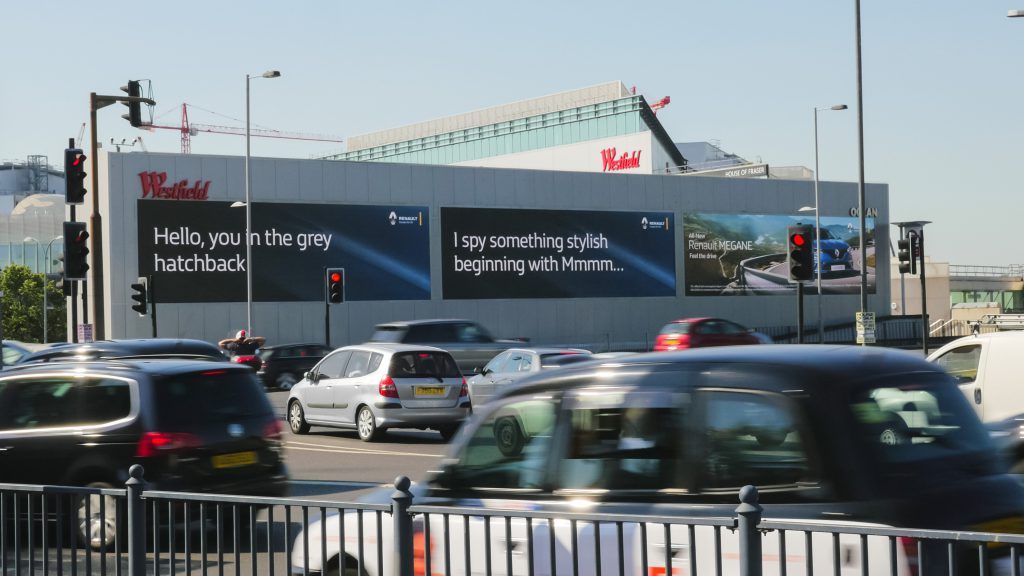
Accessible AR
AR isn’t limited to brands with big advertising budgets. Services such as Zappar offer DIY drag-and-drop AR experiences from £75 per month.
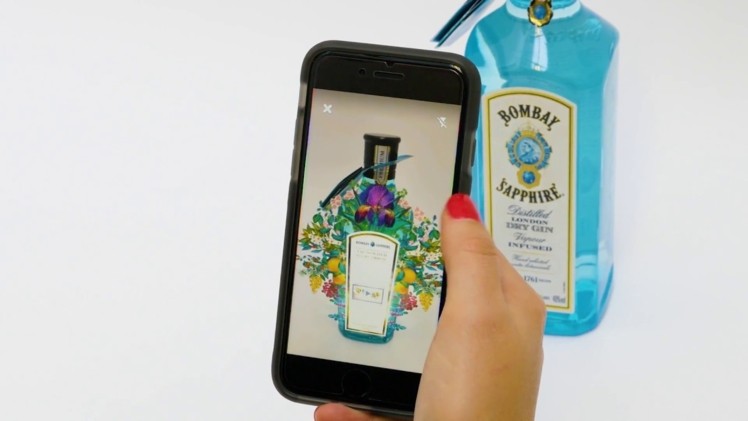
Photo Source: Zappar Youtube
Facebook have their own open source AR platform for developers called Spark AR Studio.
It allows small businesses to create AR experience their customers can access via their smartphones.
Here are some examples from advertisers using AR to capture the publics attention.
Pepsi Bus Shelter campaign.
DIY City: augment your billboard.
Burn that Ad – Burger King burns rivals ads.
WWF arctic coca-cola
AI is great for encouraging audiences to explore your brand, to be creative in a new and exciting way. The explorer-like feel to AR gives people the chance to turn mundane, everyday activities, like waiting at the bus stop or walking to work into an experience.
Other articles of interest:
Minecraft Earth is coming – it will change the way you see your town
Augmented reality: Apple and Google’s next battleground

